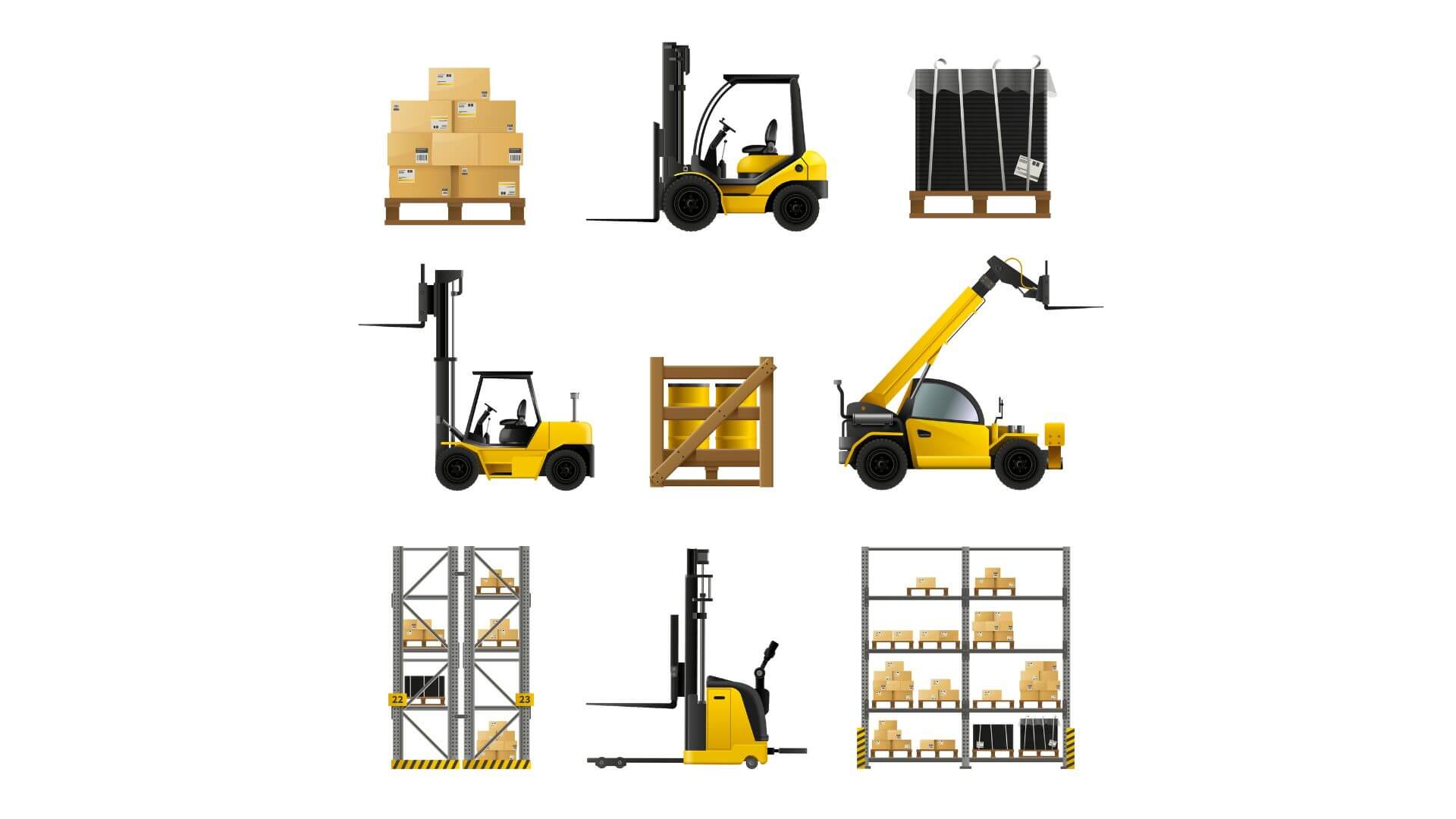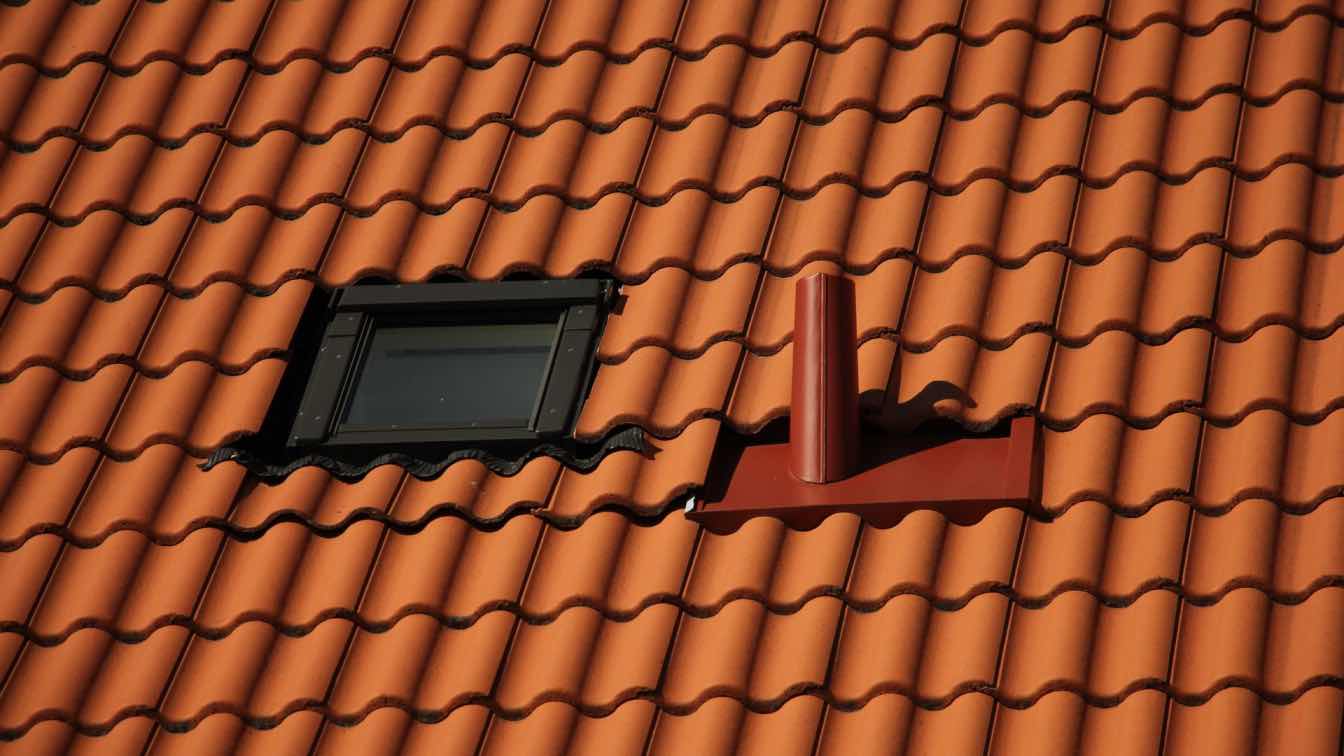There are quite a few different types of forklifts to choose from and given how much forklifts cost, you don’t want to end up buying the wrong product. While it’s natural to think that only newcomers need advice on buying or renting a new forklift, that’s not exactly true. Even people who have worked with them for decades can make the mistake of picking the wrong model simply because they may not be aware of all the facts.
Consider All Factors
An experienced operator may know the current forklifts they operate very well, but it’s wrong to assume that they are also up to date in their knowledge about the latest innovations made in industrial tech. Operators are not likely in a position to know the budget for that new forklift either, while an accountant who does know the budget is unlikely to be the best person to choose forklifts.
Therefore, the best way to know which forklift would best suit your business requirements would be to set the parameters first. Jot down the budget, the specific functional requirements, and the options you have to choose from in the market.
Rent What You Can’t Buy
If you don’t have the budget to buy the forklift you need, just rent it for now. Buying is a better option than renting only when you are likely to need and use that forklift for a long time to come. Do some calculations and see if it’s actually worth it to buy a cheap new forklift that may very well be outdated in a few years.
Buying industrial equipment is only advisable if you are investing in a mid-tier model from a leading manufacturer. Also, the purchase is only an investment if it can practically benefit your business in the long term. Whether you choose to buy or rent though, you can always find a Doosan forklift dealer or rental option close to the worksite.
Choose Based on Functional Requirements
Look for a forklift that has one or more specific functionalities that can boost productivity and/or reduce input requirements. Let’s divide our options based on their unique functions, instead of assumed field applications of the forklift. There is a clear distinction between field application and function when it comes to industrial equipment like the forklift. For example, most forklifts have field applications in a warehouse, but they don’t serve the same functions in a warehouse. The following are the main forklift variations, based on functionality.
Counterbalance - The typical forklift with two forks in front for loading and unloading heavy equipment in any warehouse, construction site, or manufacturing plant is the counterbalance forklift. Choose a 3-wheel model for better maneuverability or a 4-wheel model for greater lifting capacity and stability.
Reaching - Reaching or reach forklifts are meant for stacking pallets on top of each other to make maximum use of a warehouse’s vertical space. Designed to travel and work in narrow isles bordered by pallets, reaching forklifts are narrower by design and capable of raising loads and reaching places that no other forklift can. Note that order picker forklifts are reaching forklifts too.
Cherry Picker – The main difference between the cherry picker and reaching forklifts in terms of function is the fact that unlike a reach forklift, a cherry picker will also raise the operator, along with the load as required.
As long as you manage to match the features of your new forklift with that of the company’s requirements, you are unlikely to make a mistake.





